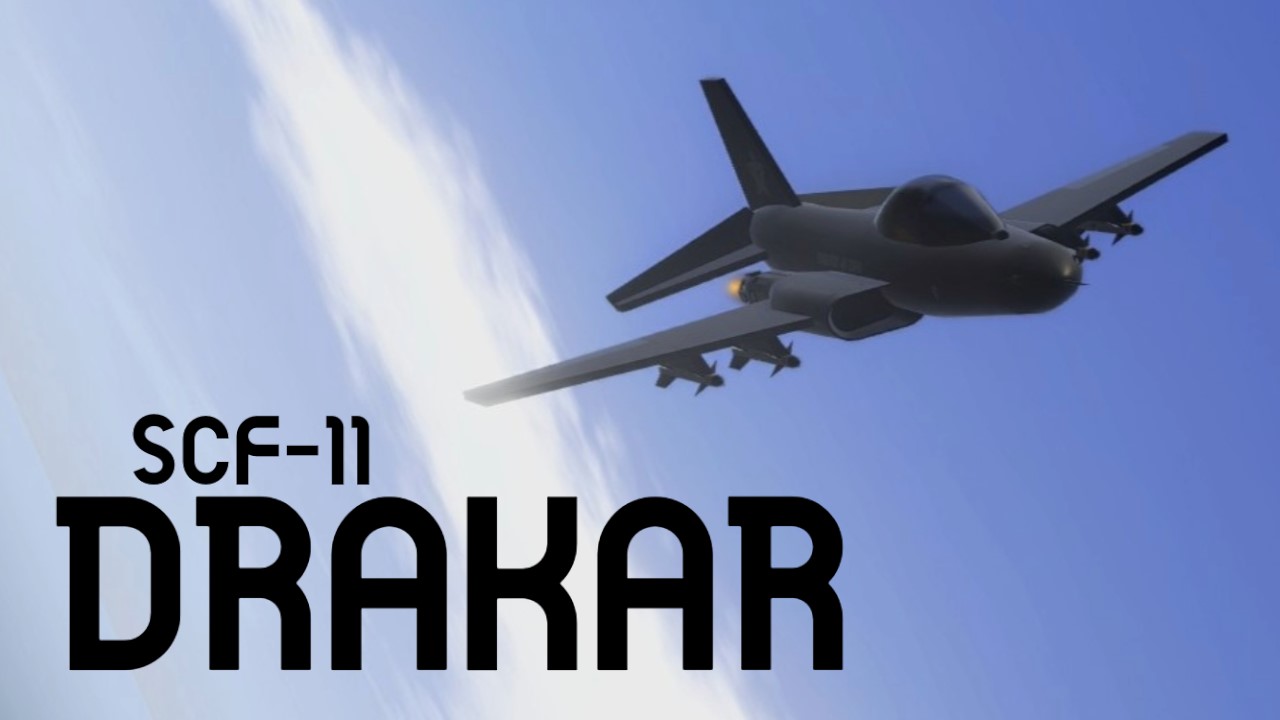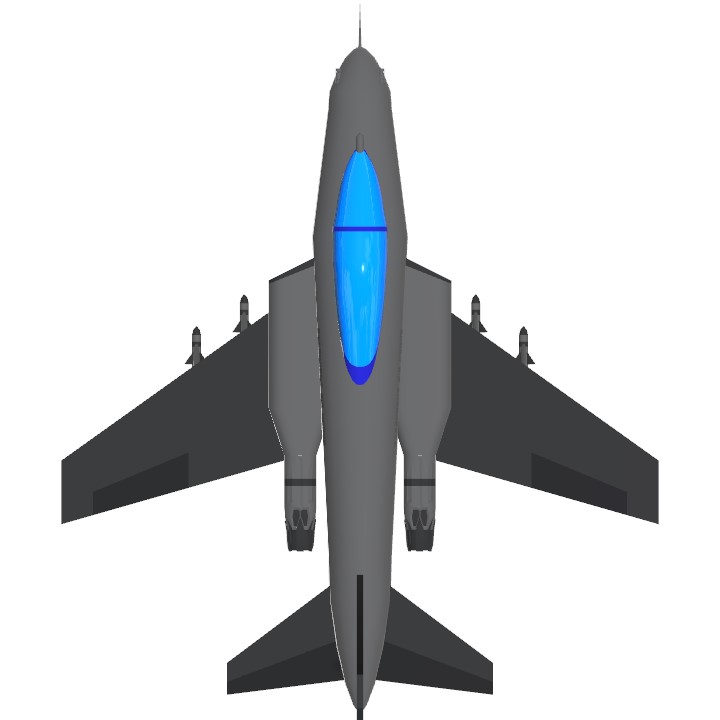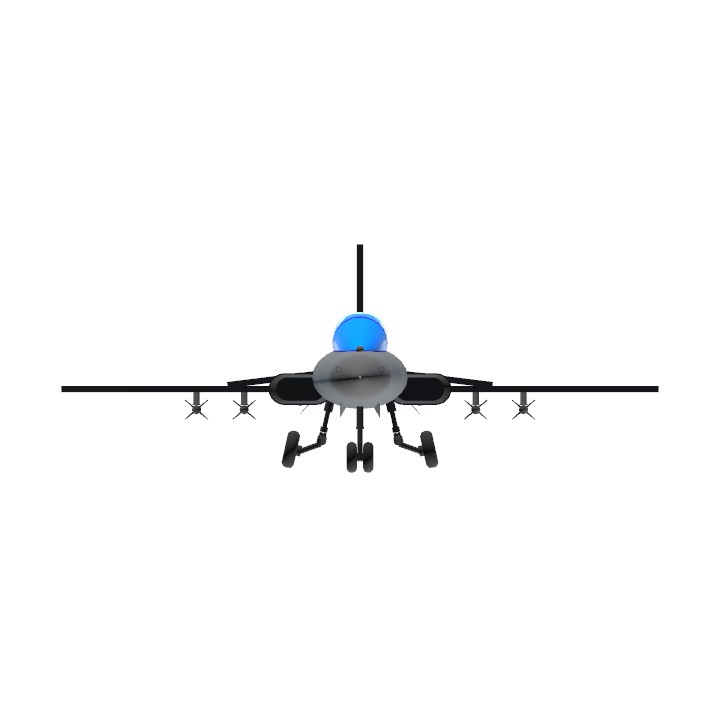History was made here.
The SCF-11 Drakar was Starcrest United’s first mass-produced jet fighter, beginning production in 1953. Designed to pave the way for future technological advancements, the Drakar served primarily as a test platform for avionics, engines, and weapon systems. It played a crucial role in researching radar-guided missiles, becoming the first aircraft to employ them in combat scenarios. However, despite its innovation, the fighter was seldom used in large-scale operations under Starcrest’s banner, instead finding a niche in patrol missions and light dogfighting.
While Starcrest’s own forces rarely deployed the SCF-11 in major conflicts, the aircraft’s impact was felt globally. As more advanced jet designs emerged, Starcrest sold off 1,400 of its 1,500 produced units to various nations, many of which were involved in civil wars and localized conflicts. These exported fighters saw extensive air-to-air combat, often proving decisive due to their radar missile capability, an advantage over older aircraft reliant on gun-based dogfighting.
The Drakar’s greatest legacy lies in its technological contributions. Lessons learned from its avionics, radar targeting, and turbofan engine design directly influenced later Starcrest aircraft, including the SCF-26 Vulture, the SCF-49 Kingpin, and ultimately the highly advanced SCF-78 Silent Ranger. Though largely overshadowed by more modern aircraft, the SCF-11’s pioneering developments cemented its place in Starcrest’s military aviation history.
Specifications
General Characteristics
- Created On Windows
- Wingspan 30.5ft (9.3m)
- Length 37.1ft (11.3m)
- Height 11.7ft (3.6m)
- Empty Weight 5,913lbs (2,682kg)
- Loaded Weight 11,752lbs (5,330kg)
Performance
- Power/Weight Ratio 1.147
- Wing Loading 56.9lbs/ft2 (277.8kg/m2)
- Wing Area 206.6ft2 (19.2m2)
- Drag Points 3209
Parts
- Number of Parts 44
- Control Surfaces 5
- Performance Cost 261





Done with your prize for 2nd place!